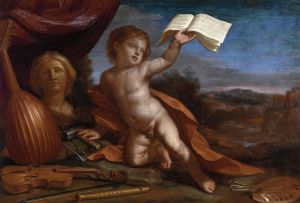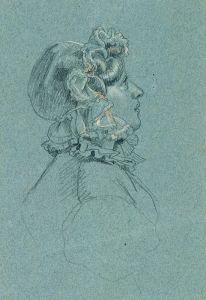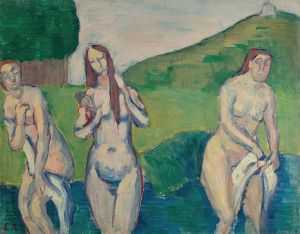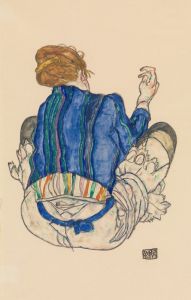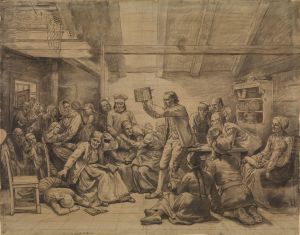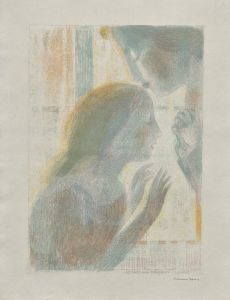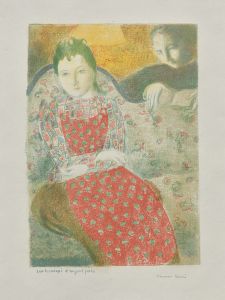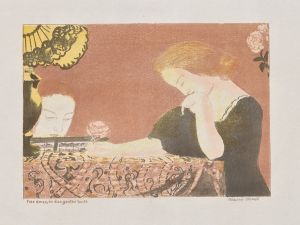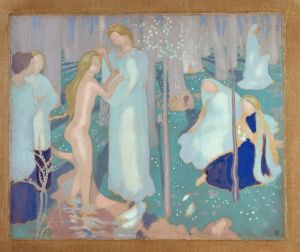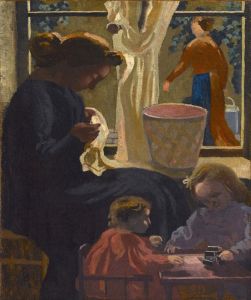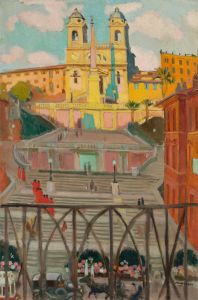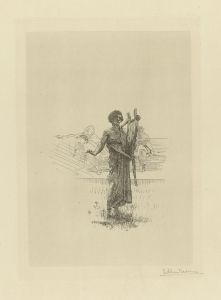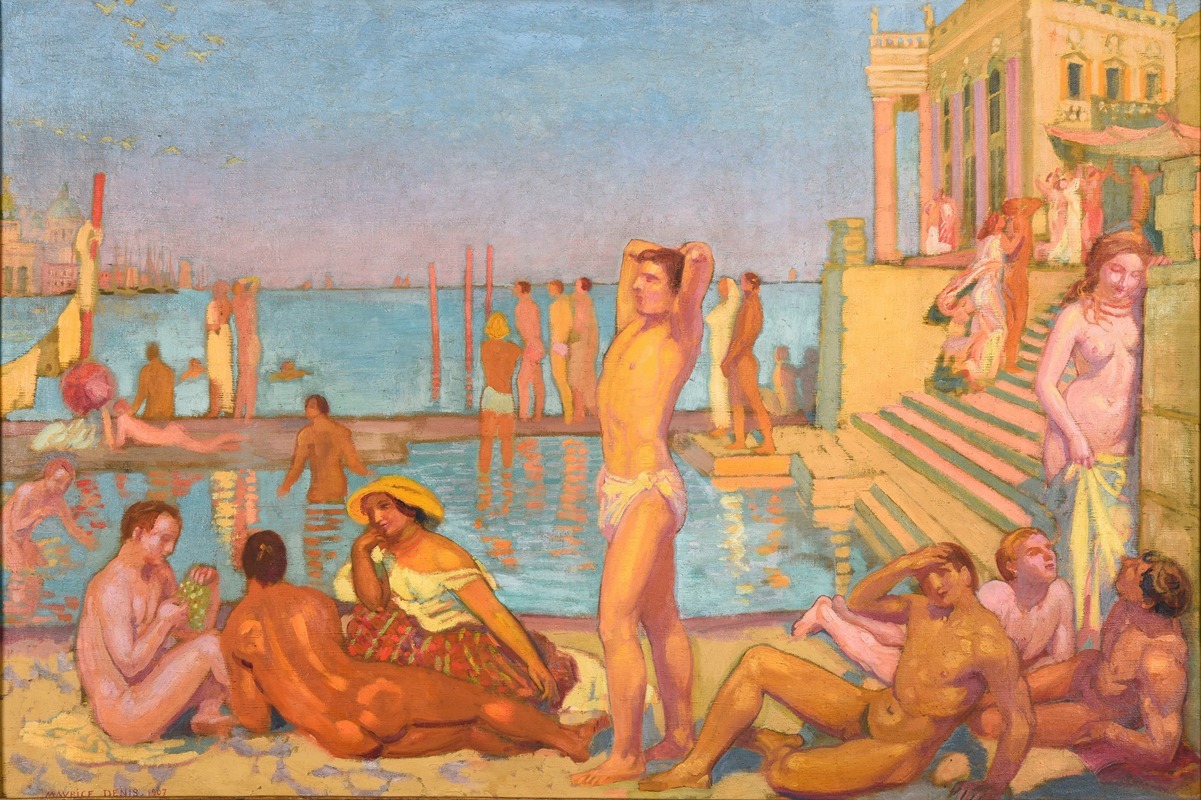
Les Captifs
A hand-painted replica of Maurice Denis’s masterpiece Les Captifs, meticulously crafted by professional artists to capture the true essence of the original. Each piece is created with museum-quality canvas and rare mineral pigments, carefully painted by experienced artists with delicate brushstrokes and rich, layered colors to perfectly recreate the texture of the original artwork. Unlike machine-printed reproductions, this hand-painted version brings the painting to life, infused with the artist’s emotions and skill in every stroke. Whether for personal collection or home decoration, it instantly elevates the artistic atmosphere of any space.
Maurice Denis (1870–1943) was a French painter, decorative artist, and writer, associated with the Symbolist and Nabi movements. His works often explored themes of spirituality, religion, and the relationship between art and nature. One of his lesser-known works, Les Captifs (The Captives), reflects Denis's characteristic style and thematic interests.
Les Captifs is an oil painting created in 1891. The artwork depicts a group of figures, seemingly bound or restrained, set against a dreamlike and symbolic landscape. The composition is marked by Denis's signature use of flattened forms, harmonious color palettes, and a decorative approach to line and shape. The painting exemplifies the Nabi philosophy, which emphasized the importance of subjective emotion and symbolic meaning over naturalistic representation.
The title, Les Captifs, suggests themes of confinement or restriction, which may be interpreted as a metaphor for spiritual or emotional struggles. However, Denis himself did not provide extensive commentary on the specific meaning of this work, leaving its interpretation open to the viewer. The painting reflects Denis's broader interest in exploring human experiences through a lens of spirituality and symbolism.
Maurice Denis was a devout Catholic, and much of his work incorporates religious imagery and themes. While Les Captifs does not explicitly depict a biblical or religious scene, its allegorical nature aligns with Denis's tendency to infuse his art with spiritual undertones. The restrained figures may evoke a sense of introspection or the human condition, consistent with the Symbolist movement's focus on inner emotions and universal truths.
The painting is also notable for its decorative qualities, a hallmark of Denis's style. As a member of the Nabis, Denis believed that art should prioritize aesthetic harmony and emotional resonance over strict realism. This philosophy is evident in Les Captifs, where the figures and landscape are stylized rather than rendered with photographic accuracy. The work demonstrates Denis's belief that "a painting—before being a battle horse, a nude woman, or some anecdote—is essentially a flat surface covered with colors assembled in a certain order," a statement he famously made in 1890.
Les Captifs is part of Denis's early body of work, created during a period when he was deeply influenced by Symbolism and the teachings of the Nabis. The painting is housed in the Musée d'Orsay in Paris, which holds a significant collection of Denis's works. It remains an example of his innovative approach to art and his contribution to the development of modernism in the late 19th and early 20th centuries.





